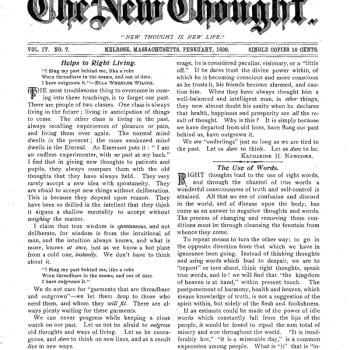This is something nobody would expect from me, namely a totally objective and non-partisan comment on the recent midterm elections. No, really. It is also unusual in being a second post of mine for the day, but it is quite time sensitive, so I had to squeeze it in somewhere.
As you will have noticed, the Republicans retained the US Senate, and all manner of explanations were advanced for this fact. But I am taken aback when people writing about such things so rarely invoke the six year rule, which is so invaluable a guide to political cycles.
Following the US Constitution, Senators stand for election every six years, with one third of those seats up to be contested every two years. If, for instance, there is an election in a given state in 2016, then the victorious candidate will face a new contest six years later, in 2022, and another election will follow in 2028. That is obvious, and there is nothing new there.
But think it through. The Senate seats contested in a particular year were last decided six years ago, and if you look back at that earlier year, you get an excellent (if not infallible) idea of what is going to happen later. In this most recent 2018 contests, these were seats last decided in 2012. Apart from being the year of the Maya Apocalypse, 2012 was also the year when a very popular Democrat was running for the US Presidency, and his presence cast a sizable shadow down the ballot. In consequence, Democrats did well in Senate elections that year, and won seats where they were not normally strong or even viable, and which they might not have hoped to take in grimmer times. If you roll on the film six years, then those Democratic candidates elected in 2012 were particularly vulnerable, and the Republicans were able to pick up those states.
That Rule is often a good explanation of apparent landslide elections. To take a classic example, of course there was a big swing to the Republicans in the 1980 Senate election, and not just because of Ronald Reagan being on the presidential ballot. Democrats were defending seats that they had taken at the height of the Watergate panic in 1974, several of which they had no hope of holding in more normal times. Of course they lost them in 1980. Just count back six years.
This rule is not utterly reliable, and there certainly can be surprises. I would for instance have expected Republicans to rather worse in the Senate in 2016 than they actually did, given that these were seats previously up for contest in the terrific Republican year of 2010. My main explanation for the unexpected success in 2016 would be the Trump factor.
For present purposes, this Six Year Rule has two consequences:
The first concerns the most recent midterms. Yes, Republicans did well in this year’s Senate elections, but considering that these were seats decided in the great Democratic year of 2012, they should have done even better.
Second, let’s look forward to 2020. Those Senate seats up for election were last contested in 2014, which was a wonderful year for Republicans, and when Obama was under heavy attack. Republicans thus did far better than they had any right to expect in many states around the nation. Those are the seats up for grabs in 2020, and it is highly likely that Democrats will win them. Whatever happens in the presidential contest in 2020 – unless the Democratic Party self destructs, which is always a prospect – you can bet good money on a Democratic Senate in 2020.
I don’t say that as a good prospect or a bad prospect, but it is one strongly supported by the weight of history.
And to correct my title, no, I am not really totally certain what will happen in US elections in 2020, but the title made you look.












